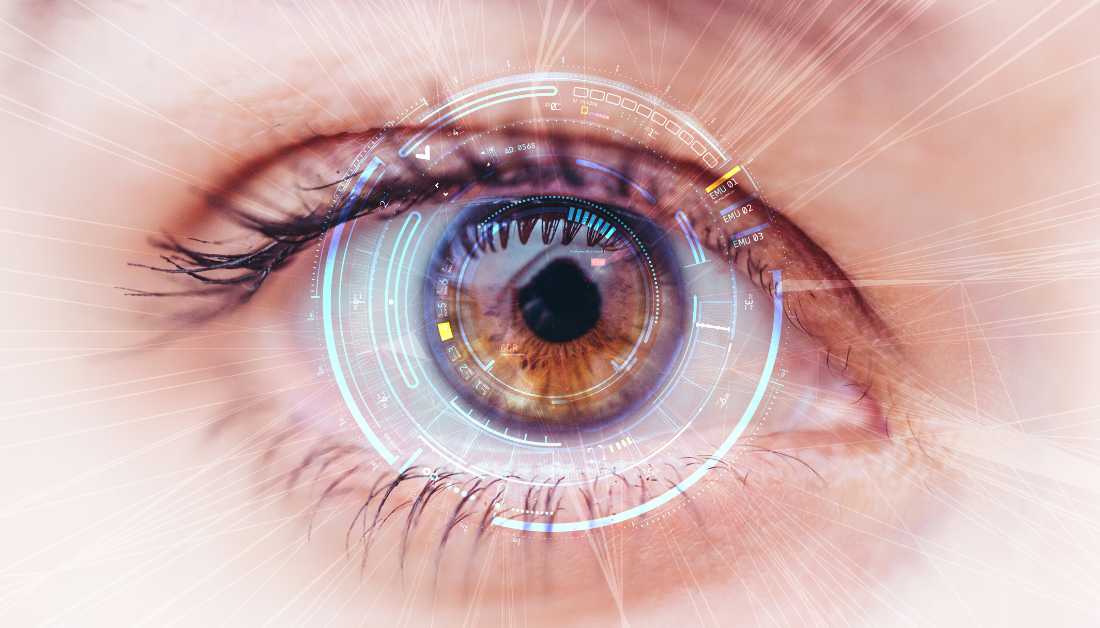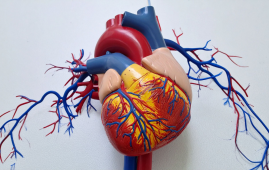

Introduction
Light-enabled bioelectronic devices provide as an effective link between electronic and biological systems, enabling a variety of applications ranging from biodetection to intricate biomimicry of biological pathways. In reality, combining the use of light with more traditional electronic-based technologies permits a variety of applications in bioinspired system engineering, such as visual devices like retina or synaptic neuromorphic platforms. We showed that optoelectronic synaptic devices can simulate retinal vision pathways as well as short- and long-term plasticity.
Study
A multinational team of researchers has developed a device that mimics the function of a retina by employing non-toxic organic components.
German and Italian researchers used organic, non-toxic components to construct an electrical device that resembles the retina.
The authors noted in Nature Communications that existing technologies that mimic the retina frequently have low levels of biocompatibility.
“Recently, organic photoelectrochemical transistors have paved the way towards multimodal devices that can better couple to biological systems,” they noted.
Professor Francesca Santoro, of Forschungszentrum Jülich, shared that the organic semiconductor recognized how much light is falling on it.
“Something similar happens in our eye. The amount of light that hits the individual photoreceptors ultimately creates the image in the brain,” she explained.
Because the technology is non-toxic, adaptable, and uses ions, it can be more easily integrated into biological systems.
Traditional semiconductors, on the other hand, are formed of silicon, are stiff, and only work with electrons.
“Our body cells specifically use ions to control certain pretinarocesses and exchange information,” Santoro explained.
Santoro and colleagues intend to combine the technology with real cells and connect a series of chips in future studies.
For more information: Azobenzene-based optoelectronic transistors for neuro hybrid building blocks, Nature Communications
https://doi.org/10.1038/s41467-023-41083-2
more recommended stories
 Phage Therapy Study Reveals RNA-Based Infection Control
Phage Therapy Study Reveals RNA-Based Infection ControlKey Takeaways (Quick Summary) Researchers uncovered.
 High-Intensity Training and Oxidative Stress Insights
High-Intensity Training and Oxidative Stress InsightsNew Evidence Linking High-Intensity Training and.
 Perinatal Mental Health Challenges Highlighted in New Study
Perinatal Mental Health Challenges Highlighted in New StudyMental Health Challenges in New Parents:.
 Safer Allogeneic Stem Cell Transplants with Treg Therapy
Safer Allogeneic Stem Cell Transplants with Treg TherapyA new preclinical study from the.
 AI in Emergency Medicine and Clinician Decision Accuracy
AI in Emergency Medicine and Clinician Decision AccuracyEmergency teams rely on rapid, accurate.
 World Summit Outlines Core Principles for Healthy Longevity
World Summit Outlines Core Principles for Healthy LongevityWhy Healthy Longevity Demands a New.
 Cholesterol-Lowering Drugs May Help Reduce PFAS Levels
Cholesterol-Lowering Drugs May Help Reduce PFAS LevelsPer- and polyfluoroalkyl substances (PFAS) continue.
 AI ECG Model Outperforms Standard STEMI Triage
AI ECG Model Outperforms Standard STEMI TriageNovel AI ECG Model Outperforms Standard.
 WHO and EU Strengthen Digital Health in Africa
WHO and EU Strengthen Digital Health in AfricaThe World Health Organization (WHO) and.
 Quitting Smoking Slows Memory Decline, Study Finds
Quitting Smoking Slows Memory Decline, Study FindsQuitting smoking is linked to slower.

Leave a Comment